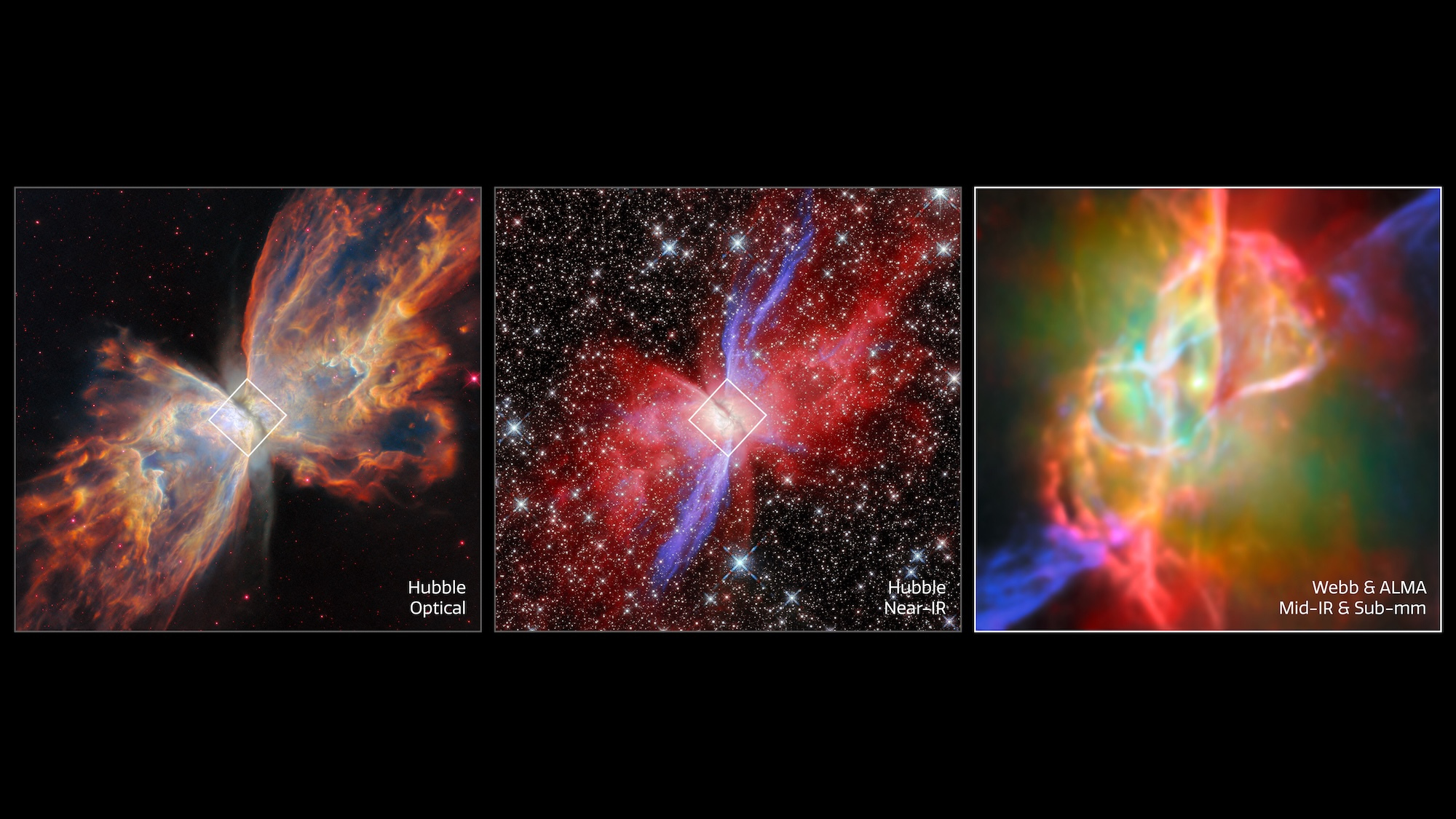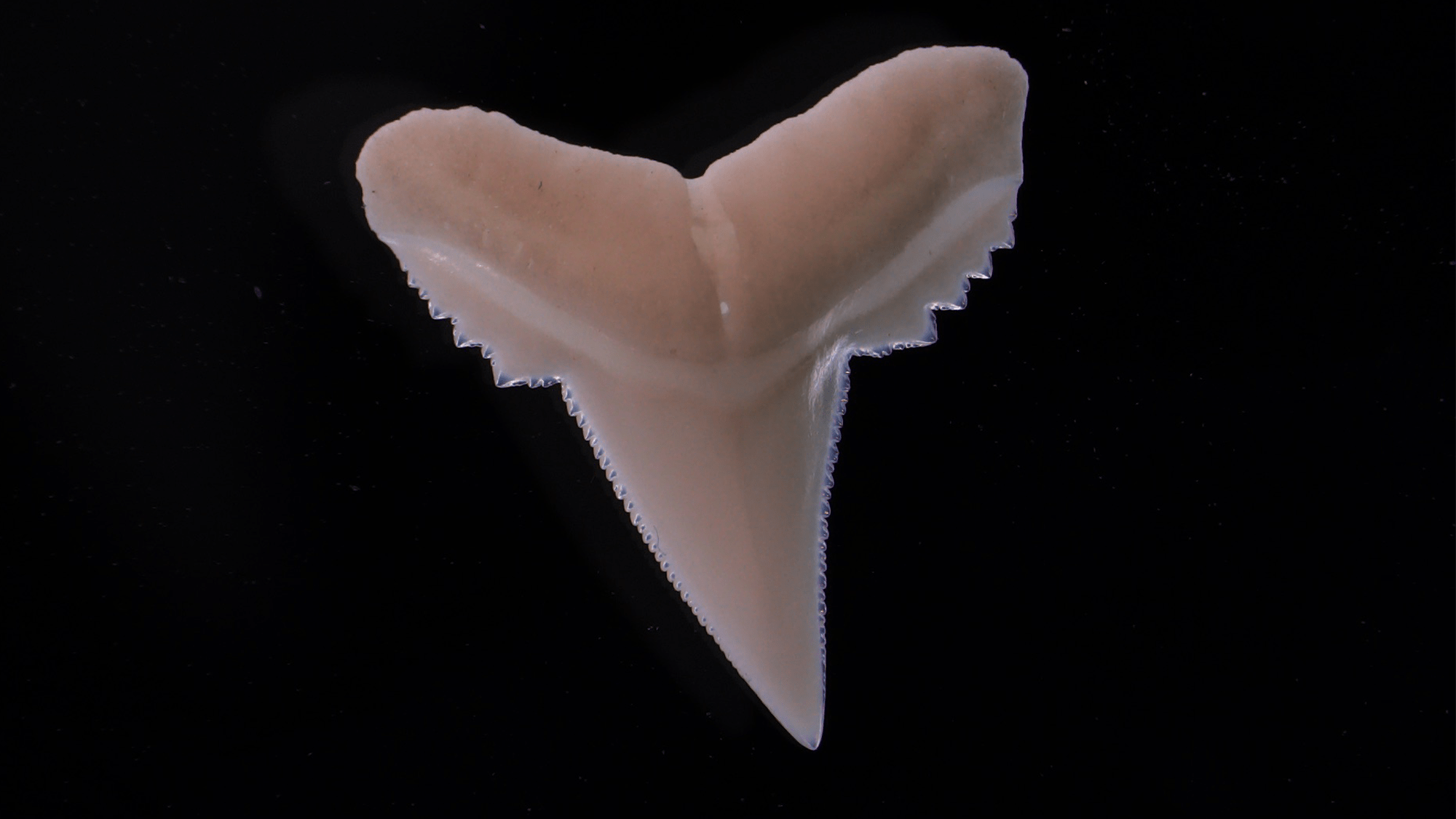Now Reading: Stunning Space ‘Butterfly’ Shines with Planet-Forming Dust
-
01
Stunning Space ‘Butterfly’ Shines with Planet-Forming Dust
Stunning Space ‘Butterfly’ Shines with Planet-Forming Dust

Quick Summary
- The Butterfly Nebula (NGC 6302), a well-known planetary nebula located 3,400 light-years away in the constellation Scorpius, has been studied extensively using the James Webb Space Telescope (JWST).
- NGC 6302 is classified as a bipolar nebula with two sweeping wings of gas and dust that resemble butterfly wings. Its central core, not visible in optical wavelengths, burns at around 395,540 degrees Fahrenheit.
- Using JWST’s Mid-Infrared Instrument (MIRI), astronomers identified nearly 200 spectral lines in its dense torus of gas and discovered diverse compounds like crystalline silicates and metals such as iron and nickel.
- For the first time within a planetary nebula, carbon-based molecules called polycyclic aromatic hydrocarbons (PAHs) were detected. Thes molecules are commonly found on Earth in substances like car exhaust or burnt toast.
- Findings from this study have been published in the Monthly Notices of the Royal astronomical Society. Scientists believe this research advances understanding of how components that form rocky planets like Earth are created in space.
Indian opinion Analysis
The discoveries about the Butterfly Nebula offer significant contributions to understanding cosmic processes responsible for creating essential elements for planet formation. For India’s growing astrophysics community-fueled by advancements such as ISRO’s space missions-this knowledge could play an instrumental role in shaping future research initiatives exploring interstellar matter production or star evolution. Additionally, collaborations with international agencies like NASA could mutually advance scientific breakthroughs while nurturing India’s status as an emerging powerhouse for space exploration and essential sciences.























